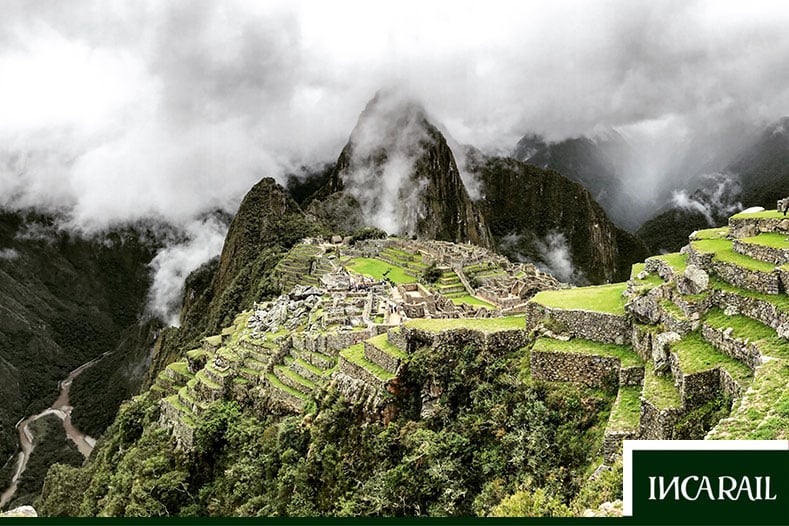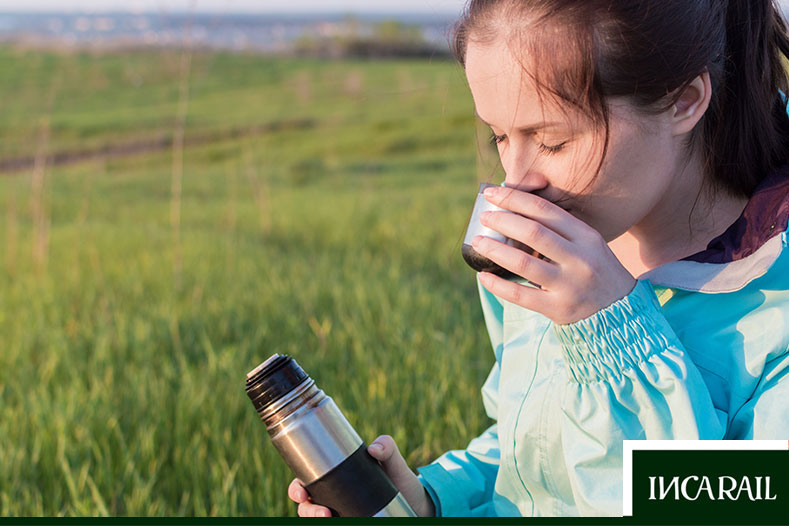When you research about Peru and its destinations, many blogs warn travelers of something that can terrify them: altitude sickness. Although it is true that this ailment can affect anyone regardless of gender, physical condition or age, there are ways to avoid it.
To (try to) have a pleasant and problem-free trip, here are some frequent doubts in regards to soroche or altitude sickness in Cusco and Machu Picchu and how it should be treated. Take note!
What is the altitude of Cusco and Machu Picchu?
Because it is in the middle of the mountains, you might think Machu Picchu is located higher than Cusco, but this is inaccurate. The Imperial City’s altitude reaches 3,399 meters/11,152 feet above sea level; while Machu Picchu’s altitude is 2,430 meters/7,972 feet above sea level – almost a difference of 1000 meters/3,281 feet!

What causes altitude sickness or soroche?
In cities or places of greater elevation, the oxygen level is increasingly lower. Since our brain needs oxygen and it is used to receiving more of it in the areas where we live, which are usually lower, when we reach places with higher elevation, our body notices the difference and lack thereof.
According to experts, altitude sickness or soroche can begin to have a toll on you when you reach 2,400 meters/7,874 feet above sea level. But this does not mean that every time you visit a place with this altitude or higher, your body will be affected.
What are the symptoms of altitude sickness or soroche?
Altitude sickness symptoms are easily recognizable and, generally, are light, so you should not need the help of a medical professional.
Thus, the lack of sufficient oxygen can cause: headaches, dizziness, nausea and vomiting, tiredness, lack of appetite, sleep disturbances, increased heart rate and difficulty breathing.
Tips to Avoid Altitude Sickness or Soroche
As mentioned above, you do not have to fear being affected by soroche! Although its symptoms are not pleasant, there are many ways to treat altitude sickness. Here are some tips!
- Avoid abundant meals: One of the measures you need to take before traveling to a place located at high altitude is to eat lightly. Two days before starting your trip, eat meals rich in carbohydrates and natural sugars.
- Rest when arriving to your destination: The most convenient decision is to make the ascent little by little, but since we know this is not always possible, we recommend you to take the first days in Cusco lightly and without doing activities that demand great physical effort.
- Drink coca leaf tea or take soroche pills: Before feeling the symptoms of soroche, you can prevent them by drinking coca leaf tea (you will find coca leaves in any store, bar or hostel in Cusco). You can also go to a drugstore in the city and buy pills for soroche.
- Drink lots of water: The air is drier in places with altitude and, consequently, our body needs more water to stay hydrated. Therefore, we recommend you always carry a bottle of water in your backpack and drink it constantly, even if you are not thirsty.
- Avoid drinking alcohol: Alcohol is a beverage that causes dehydration of the body, so we recommend you drink moderately (if you choose to) during your visit in Cusco.

Although most people who arrive to Cusco have no problem and are not affected by altitude sickness, it is always good to be prepared and avoid any type of complication during your trip.
Do not be afraid of soroche and travel with caution from these tips provided to you from Inca Rail!













